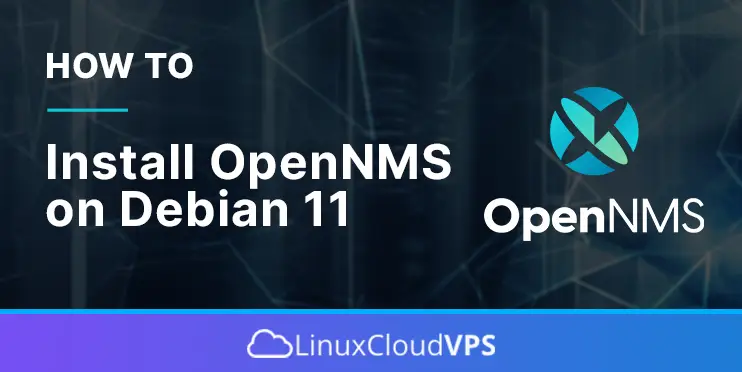In this blog post, we will explain what the HTTP 421 Misdirected Request Error is and how to fix it.. The HTTP 421 status code indicates that the client’s request sent to a web server is unable to be processed. This occurs because the server is not configured to handle that. It typically occurs when a server receives a request for a domain that is not authorized to respond to. This is usually with multiple domains with shared SSL certificates. We will explain a little bit more about the HTTP 421 code, its causes and how to fix it.
Fixing the HTTP 421 is straightforward, and you will need around 10 minutes to read and understand it. Let’s get started!









